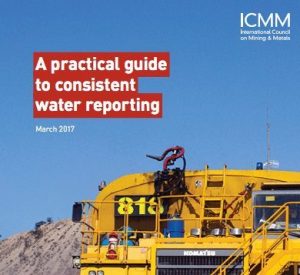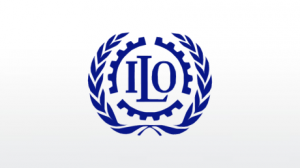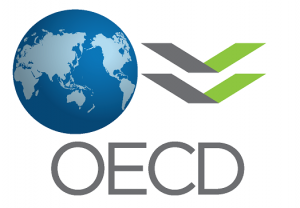Primary Functions
- Make cross-media environmental assessments that consider water consumption and pollution in comparison with other environmental impacts
- Implement mature science-based methods for assessing water-related impacts
Detailed Description
Life Cycle Assessment (LCA) is a systems analysis tool that was designed specifically to measure the environmental sustainability of products and services through all components of the value chain. LCA accounts for the resources used and emissions over the life cycle (value chain) of particular products or services and quantifies related environmental impacts. LCA allows companies and other interested parties (including consumers) to make comparisons of their products and services with respect to environmental performance. LCA has primarily been used for three kinds of decisions:
- Engineering decisions for product/process improvement
- Policy decisions at the company or governmental level
- Environmental purchase and sales decisions
Traditionally, only water pollution has been accounted for within this method, while water consumption was neglected in any sort of detailed or comprehensive fashion until 2009. If measured at all, water use has typically been accounted for strictly as an inventory of a product’s total water withdrawal (rather than consumption) that is neither locally specific nor features any impact assessment. However, given companies’ growing concerns over water scarcity in the last decade and the upcoming water footprint assessment, the development of better ways of accounting for water use within LCA has become a priority.
Current water-related LCA practice recognizes the need to understand and specify the geographic location of water use, the sources of the water (e.g., lake/river, groundwater, rainwater) and whether those sources are renewable or non-renewable. There has been an abundance of research on water scarcity and life cycle impact assessment modeling of the resource, along with the health effects and ecosystem damage associated with water scarcity over the past five years, which is still continuing. Additionally, extensive databases to account for water uses in many industrial and agricultural processes are available facilitating complete assessment of the value chain.
LCA provides information on different types of environmental activities and different impact categories, which those flows can affect. This allows LCA to quantify and compare the multiple types of impacts caused by one type of use or emission, as well as the various resource uses or emissions that contribute to one type of impact. Therefore, it can help to avoid problem shifting form one environmental concern to another.




